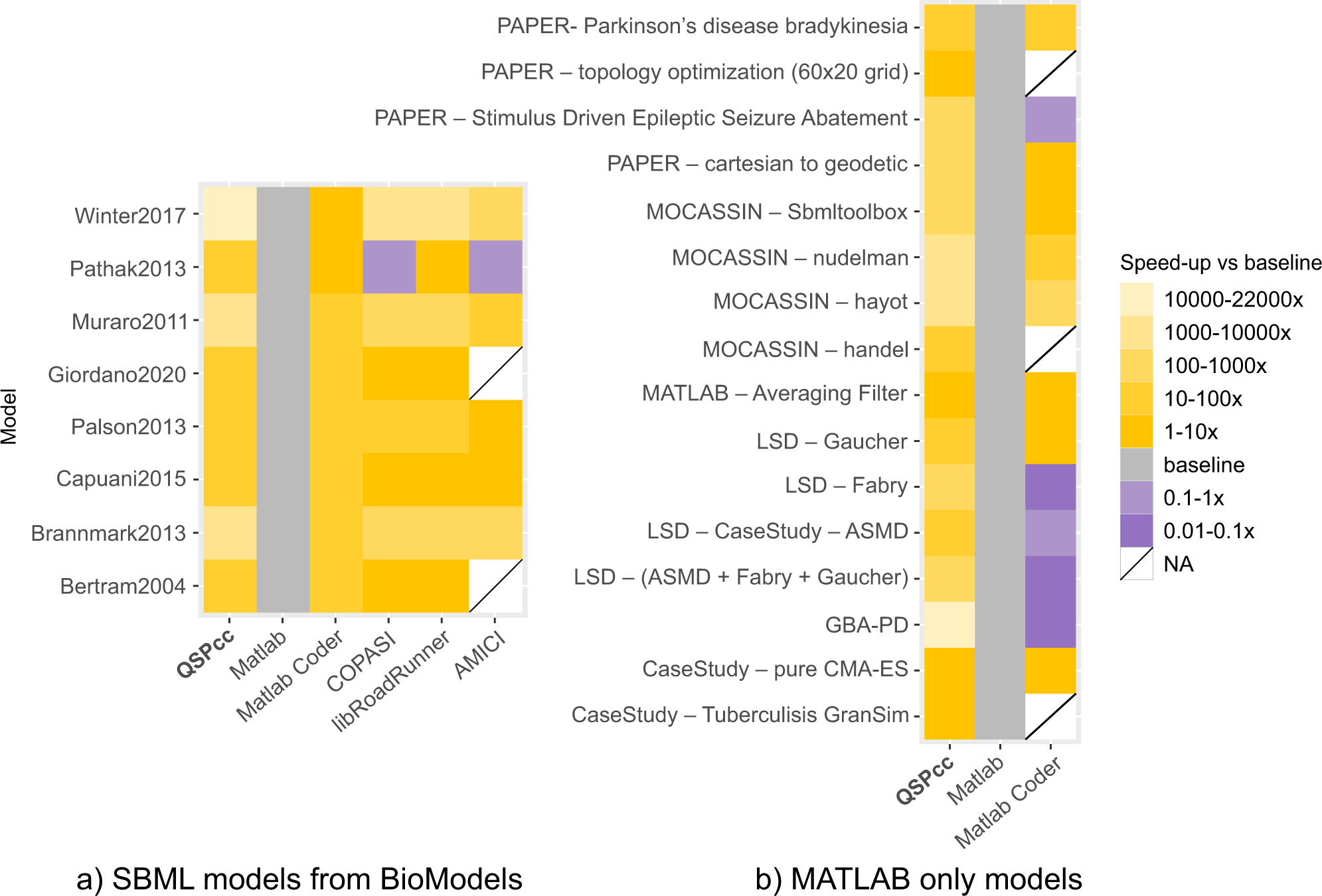
The key provides a very convenient completion feature. This lets us browse the previous commands by using the up ↑ and down ↓ arrow keys. In order to get access to previously executed commands, we use the up arrow ↑ key. We can use the left ← and right → arrows in order to move the cursor on the line and use the and keys in order to fix errors in the text. When we edit a command, we can use the keyboard, as with a regular editor. Then we type disp(s) and Scilab answer is Hello World!. We only type the statement s=”Hello World!” with our keyboard and then hit the key.
MATLAB R2015A WINDOWS 7 CANNOT COMPILE FORTAN KEYGEN

In the previous session, we did not type the characters ”–>”which is the prompt, and which is managed by Scilab. In the following example, the function disp is used in the interactive mode to print out the string ”Hello World!”. This is indeed a good way of understanding the behavior of the program and, most of the time, it is a quick and smooth way of performing the desired computation. The goal is that the reader can experiment with Scilab behavior by himself. This document is designed so that the Scilab examples which are printed here can be copied into the console. The first way is to use Scilab interactively, by typing commands in the console, analyzing the results and continuing this process until the final result is computed. Finally, we present two major features of Scilab: the localization of Scilab, which provides messages and help pages in the language of the user, and the ATOMS system, a packaging system for external modules. We also present the management of the graphical windows with the docking system. using the exec function against a file,.using the console in the interactive mode,.

There are several ways of using Scilab and the following paragraphs present three methods: In this section, we make our first steps with Scilab and present some simple tasks we can perform with the interpreter.


 0 kommentar(er)
0 kommentar(er)
